Journey to the Holy Land: A Pilgrim's Diary
Synopsis
One of the five pillars of Islam, Hajj (literally ‘effort’) is the largest annual pilgrimage in the world stretching back to the time of the Prophet (seventh century ad) and even earlier. Before the age of organized travel, the journey spread across sea, deserts and mountains was perilous to say the least. Nonetheless, the hajjis (pilgrims) trivialized the dangers in the knowledge that they would soon enter the House of God.
Translated and introduced for the first time, Amir Ahmad Alawi’s Safar-i Sa’adat (Propitious Journey), written in 1929, is a firsthand account of this quintessentially Muslim journey. Presented in the form of a roznamcha or daily diary, the work is much more than a personal narrative of lamentation and triumph. Alawi watched, listened and recorded with an air of confident authority. His catholic vision captures the comingling of cultures and peoples, and he candidly comments on the social, economic and political conditions of the places he passed through.
The comprehensive Introduction, while locating the place of hajj in Islam and describing some of its well-known customs, rituals and practices, provides a broad understanding of hajj in colonial India. The special piece, ‘My Experience of the Hajj of 1916’ by J.S. Kadri, information on movement of ships meant for hajj passengers of 1929 and a detailed glossary add value to the book.
Read more
Translated and introduced for the first time, Amir Ahmad Alawi’s Safar-i Sa’adat (Propitious Journey), written in 1929, is a firsthand account of this quintessentially Muslim journey. Presented in the form of a roznamcha or daily diary, the work is much more than a personal narrative of lamentation and triumph. Alawi watched, listened and recorded with an air of confident authority. His catholic vision captures the comingling of cultures and peoples, and he candidly comments on the social, economic and political conditions of the places he passed through.
The comprehensive Introduction, while locating the place of hajj in Islam and describing some of its well-known customs, rituals and practices, provides a broad understanding of hajj in colonial India. The special piece, ‘My Experience of the Hajj of 1916’ by J.S. Kadri, information on movement of ships meant for hajj passengers of 1929 and a detailed glossary add value to the book.
47.70
42.93
$
53.00 $
Free delivery Wolrdwidе in 10-18 days
Ships in 1-2 days from New Delhi
Membership for 1 Year $35.00
Get it now and save 10%
Get it now and save 10%
BECOME A MEMBER
Books by the same authors
-

My Life: A Fragment
-

Nationalism and Communal Politics in India 1885-1930
-

Legacy of a Divided Nation: India's Muslims Since Indepedence
-
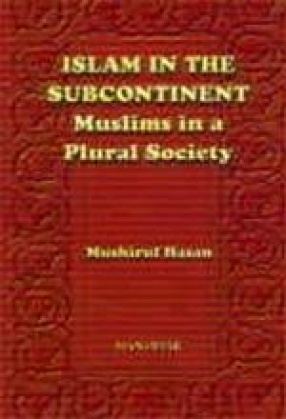
Islam in the Subcontinent: Muslims in a Plural Society
-

Lies: Half Told
-

Partners in Freedom Jamia Millia Islamia
-
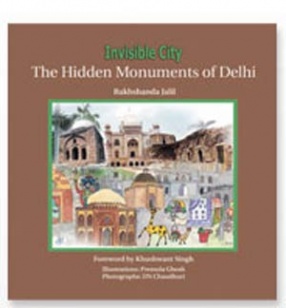
Invisible City: The Hidden Monuments Of Delhi
-
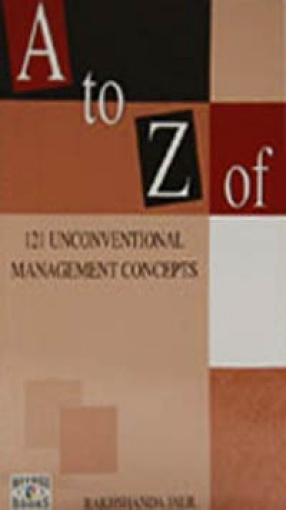
A To Z Of 121 Unconventional Management Concepts

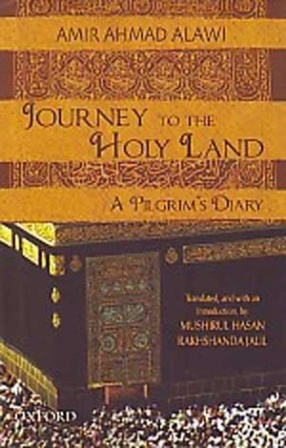
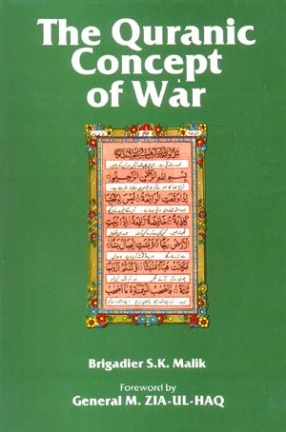
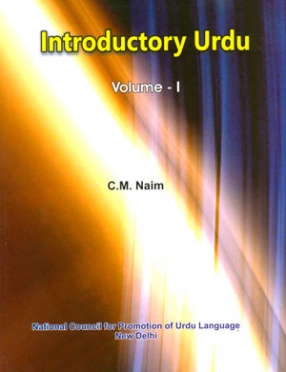
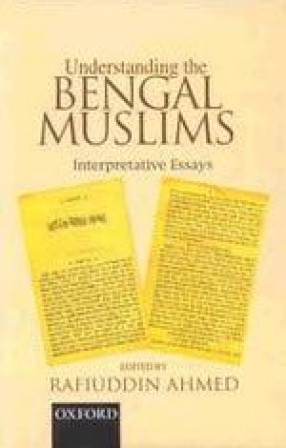

Bibliographic information
Mushirul Hasan
Rakhshanda Jalil